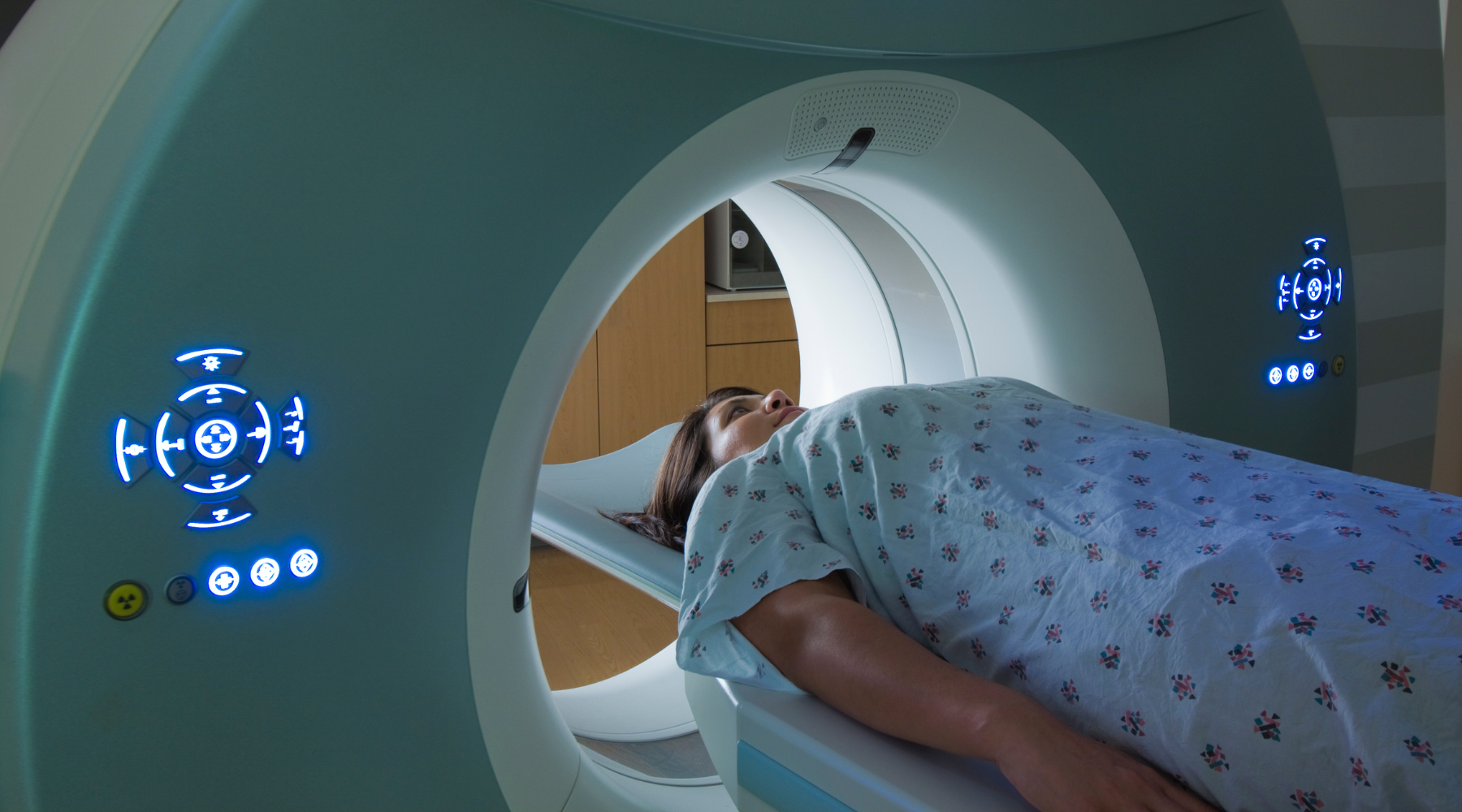Each week, OMRF Chief Medical Officer Dr. Judith James opens “Adam’s Journal” to answer a medical question from Adam Cohen, OMRF’s senior vice president & general counsel.
Adam’s Journal
A friend recently had a scare when she was called back for a biopsy following a mammogram. Happily, the results were negative.
She has dense breast tissue and is now on a more intense screening regimen, alternating between mammograms and MRIs every six months. Why MRI? Isn’t ultrasound the most common additional method of screening for breast cancer?
Dr. James Prescribes
In combination with patient-specific risk assessment, physicians typically rely on mammograms to screen for breast cancer. However, in women with dense breast tissue – a normal condition where breasts have more fibrous and glandular tissue and less fatty tissue – mammograms are not as effective in detecting cancer.
This is one of the reasons that dense breast tissue, and especially extremely dense breast tissue, is associated with a higher risk of breast cancer. It’s also why Oklahoma and many other states have laws requiring mammography facilities to notify patients if they are found to have dense breast tissue.
A randomized study of 40,000 women with extremely dense breast tissue found that those who had mammograms followed by magnetic resonance imaging (MRI) scans had more tumors detected than with mammography alone. The research, published in The New England Journal of Medicine, also found that supplemental MRI screening was much more effective at detecting so-called interval cancers, growths that would become symptomatic before the next routine screening.
Earlier this year, an analysis in the journal Radiology compared MRI to other forms of supplemental screening in women with dense breast tissue. The study determined MRI was much more effective at catching cancers than three other methods: handheld and whole-breast ultrasound, and three-dimensional mammograms.
MRI does have some downsides. First, it’s expensive, and insurance often won’t pay for screening in women at low or average risk of breast cancer. It’s also been found to have a higher false-positive rate, which can lead to unnecessary biopsies and surgeries to remove tumors that might never become life-threatening. In addition, some women are unable to undergo MRIs.
It’s currently recommended that all women undergo risk assessment by age 30. This allows physicians to identify women who can benefit from supplemental screening with MRI.
Ultimately, the test will be whether the addition of MRI improves survival rates in women with dense breasts. That’s not a question studies have yet answered. But in the meantime, the evidence suggests it’s a valuable supplemental screening tool.
–
Do you have a health query for Dr. James? Email contact@omrf.org and your question may be answered in a future column!



